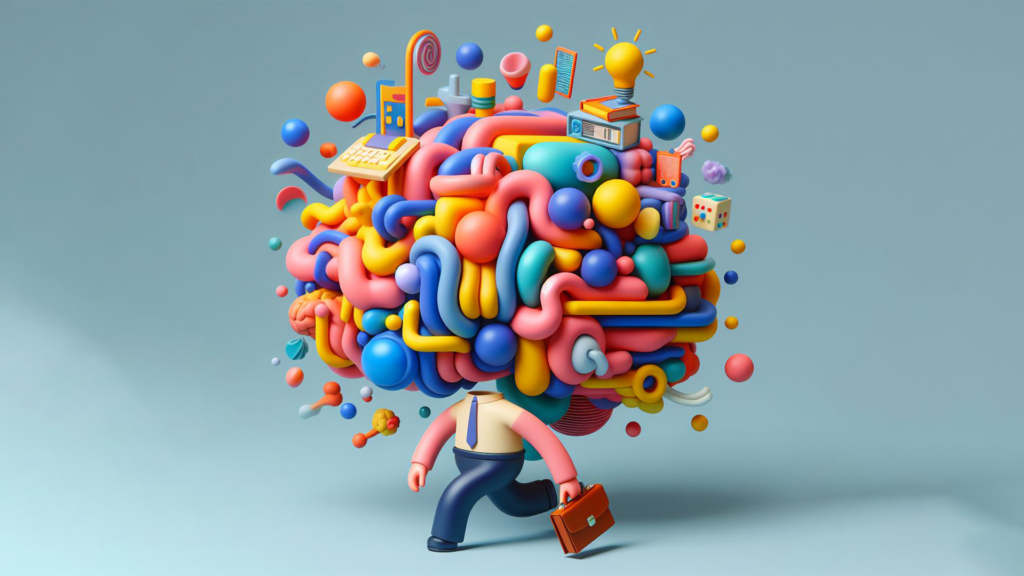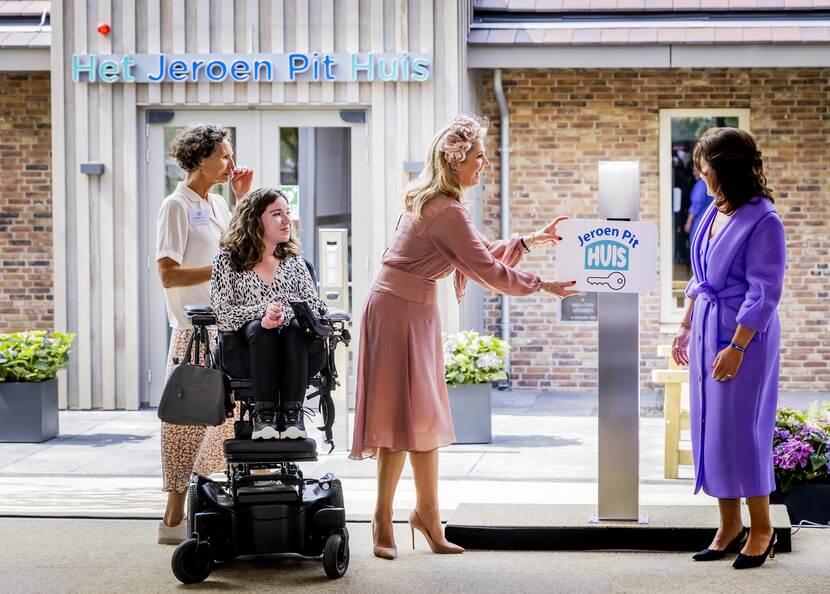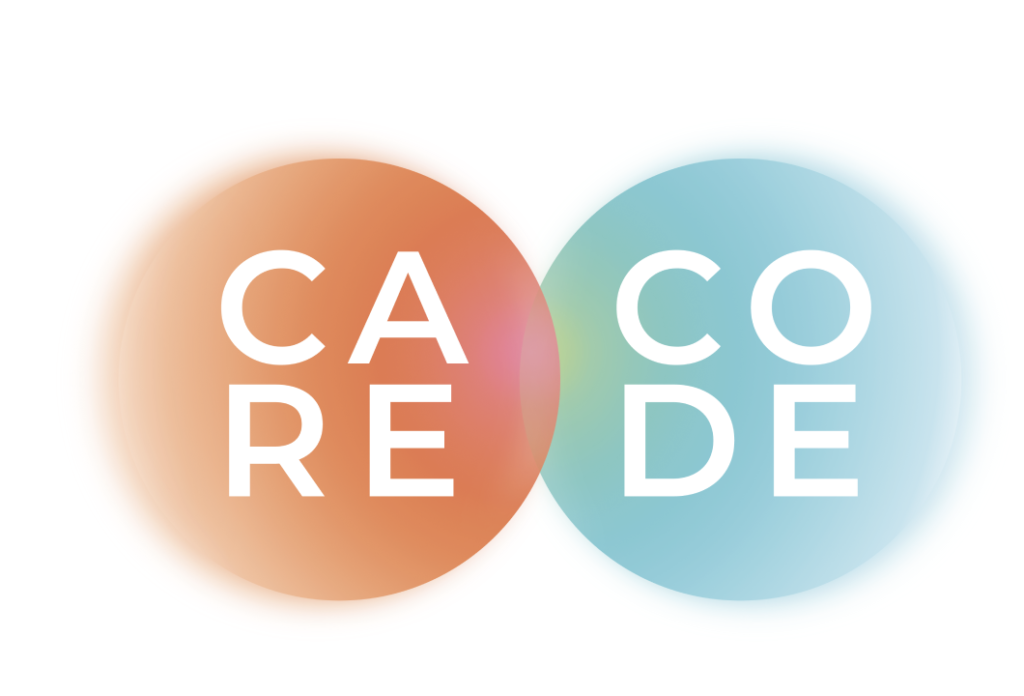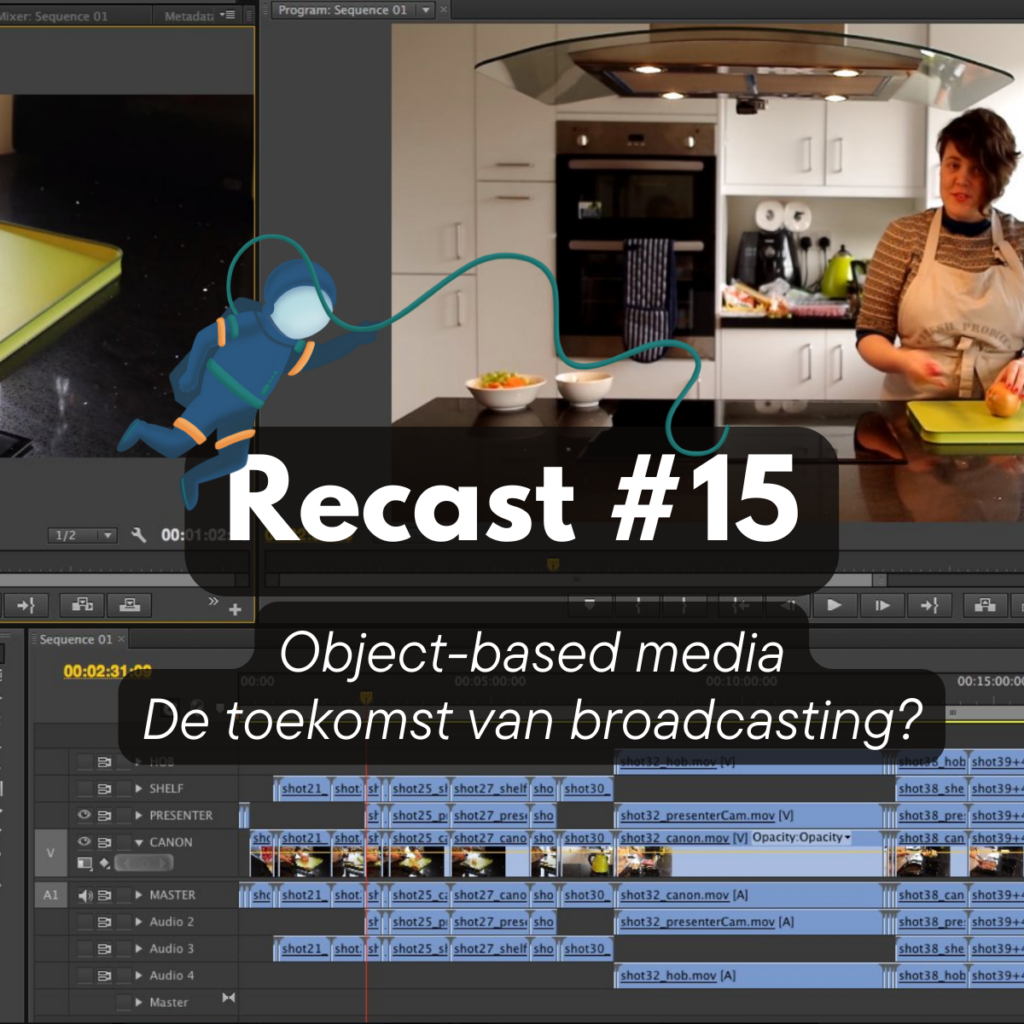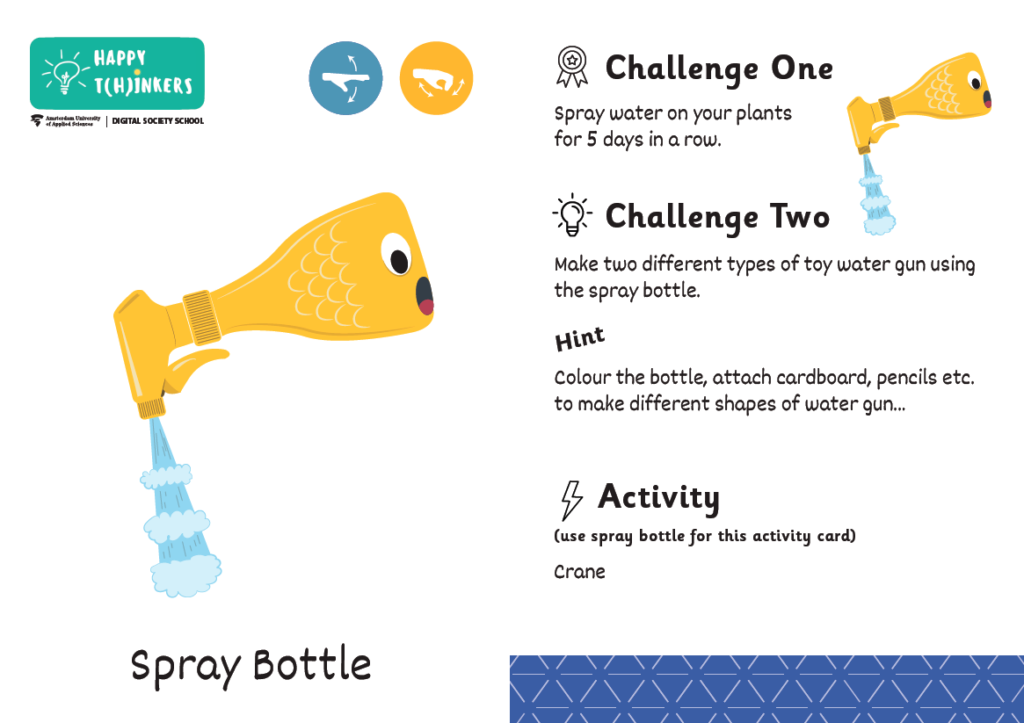Theme
Digital Activation of health & Wellbeing
Digital activation of health and wellbeing refers to the use of digital technologies, such as mobile apps, wearables, and online platforms, to promote and support healthy behaviors and lifestyles and spark dialogues between the people who use them.
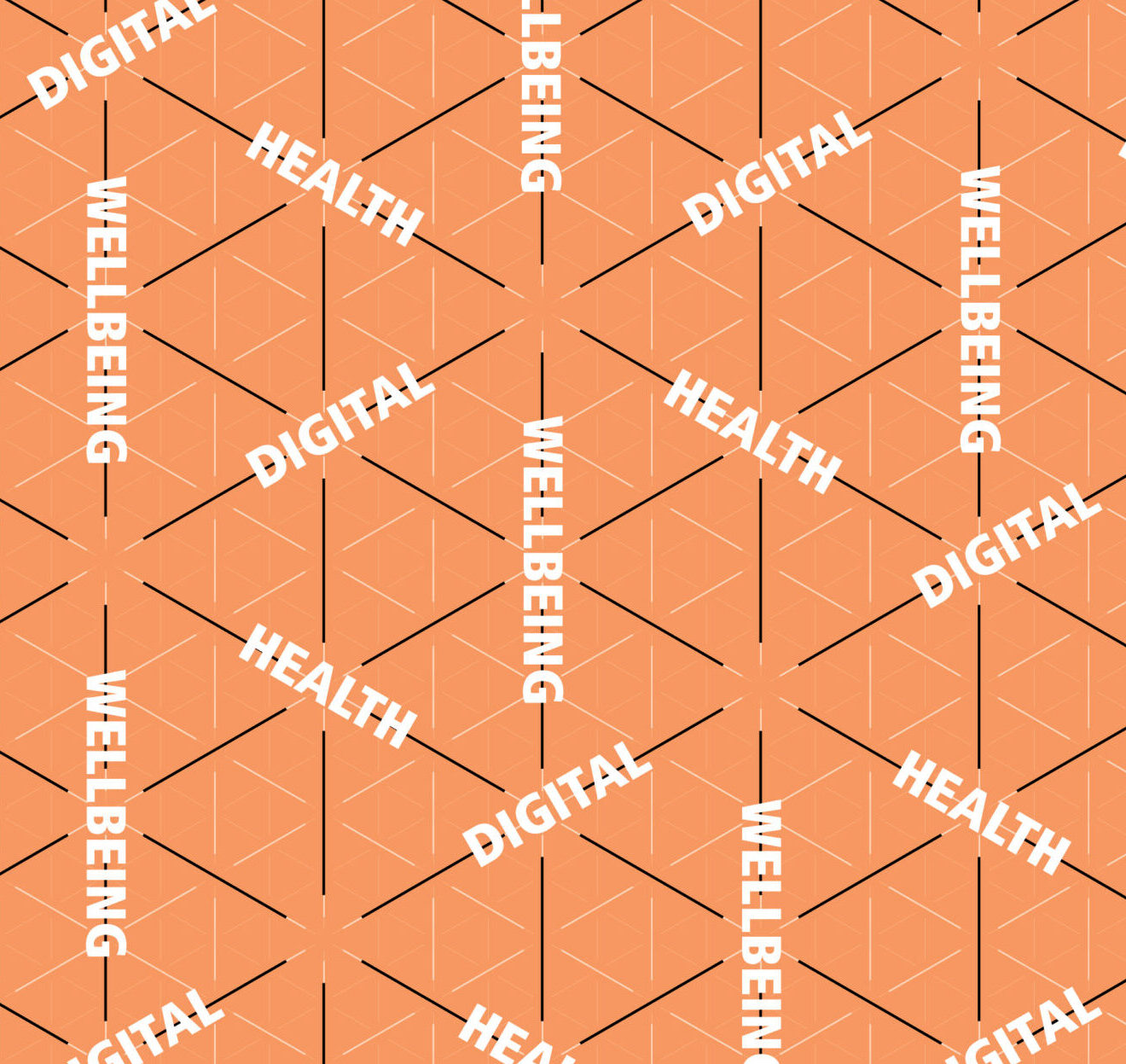
What do we work on:
We help organisations to stimulate healthy behaviour. We use and connect existing tools and platforms, to create meaning for individuals and organisations. We create interventions and build installations, that enable people and organisations to create awareness, by provoking people via physical installations or expositions and steer towards meaningful transformations and a healthy lifestyle.
Examples of projects to work on together:
- “Virtual Health Coach: Personalized health guidance”
- “Online Health Community: Connecting individuals for care & support”
- “Wearable Fitness Challenges: Encouraging active lifestyles through technology”
Other themes we work on
COMPUTATIONAL FASHION DESIGN
Computational fashion design is the use of computer software and technology to create sustainable fashion products. By using these tools, designers can explore and experiment with a wide range of materials and design possibilities while minimizing waste and reducing the environmental impact of the fashion industry. Computational fashion design is an important step towards a more sustainable and eco-friendly fashion industry.
DIGITAL MONITORING FOR SUSTAINABILITY
Digital Monitoring for Sustainability involves using digital technologies to monitor and evaluate progress towards SDGs. Using a range of digital tools to collect, analyze and visualize data on sustainability indicators such as climate change, biodiversity, and social equity. By enabling real-time monitoring and reporting, we can support and enhance transparency and accountability in sustainability efforts.
DESIGNING REGENERATIVE CITIES
Regenerative city design focuses on creating sustainable systems that enable cities to thrive while also contributing to the health and wellbeing of the planet and its inhabitants. This involves integrating natural systems into urban design, promoting renewable energy sources, supporting local food systems, and fostering social connections and community engagement. By prioritising regenerative practices, cities can become more resilient, adaptable, and thriving for current and future generations.
